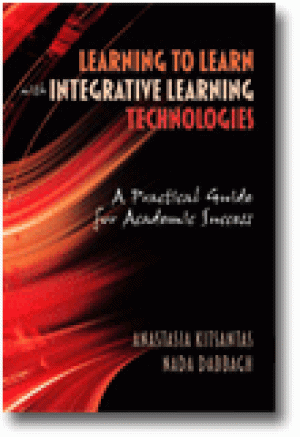Resources
This chapter looks at the teaching of special topics in the study of religion, in this case the representation of evil. Employing the medium of film to teach this topic enables students to reflect on “religious” assumptions and their implications for how we experience ourselves in the world. With the focus on a particular film, Crash, and the theoretical work of Paul Ricoeur, this chapter considers evil by analyzing the racism in Crash and its relationship to alienation, confession, and redemption. The more general project of a similar course would be to introduce students to evil as a complex dimension of human experience. Reading films critically increases the likelihood that students will move beyond either/or and black/white dichotomies toward a more integrated understanding of the problem of evil.
During my career, I have regularly taught a survey course on the history of Jews and Judaism in the Persian, Greek, and early Roman periods (ca. 520 BCE – 70 CE). Student performance in the course has long concerned and puzzled me. By the end of the course students demonstrated familiarity with the narratives and concepts we covered, but most did not really “think historically.” They had great difficulties using and applying the historical tools they learned to new situations and evidence. In 2006 and again in 2010 I overhauled the course not only to improve it, but also to figure out how my students learned history. Using a wiki exercise, I traced how students learned and then applied these insights the next time I taught the course. In this essay I report on what I learned.
This essay describes a web site evaluation project which served as the final assignment for an undergraduate “Introduction to Religion” course. The essay discusses lessons learned from the design and implementation of this web-based research assignment over three consecutive semesters. It includes insights from an instructor and a reference librarian who collaborated on this project.

The purpose of this practical guide is to facilitate college students' academic success by fostering self-regulated learning skills or learning to learn through the use of Integrative Learning Technologies (ILT). It enables the college instructor, online instructor, instructional developer, or educator to envision, plan for, and implement customized instructional and curricular designs that foster learning to learn and motivate students to take ownership of their own learning. Specifically, this book demonstrates how college faculty who use Learning Management Systems (LMS) as well as emerging technologies such as Web 2.0 applications and social software can design learning tasks and course assignments that support and promote student: goal setting use of effective task strategies self-monitoring and self-evaluation time management help seeking motivation and affect Given the emphasis on retention of freshmen as a measure of institutional effectiveness, the focus on student success, and the increasing use of ILT in higher education, this book fulfills a dire need in the literature on the integration of technology and self-regulated learning. (From the Publisher)
Teaching Tactic: overview and resources for creating concept maps to organize ideas.
This article begins by recognizing the increasing use of film in Religion, Theology, and Bible courses. It contends that in many Biblical Studies (and Religious Studies and Theology) courses, students are neither taught how to view films properly, nor how to place films into constructive dialogue with biblical texts. The article argues for a specific pedagogical approach to the use of film in which students learn how to view a film closely, in its entirety, on its own terms, and in its own voice. Viewing a film in this manner by attending to its aesthetic integrity is a prerequisite for constructing a fruitful dialogue between films and biblical texts. The essay concludes with three specific examples of what this approach might look like. Two responses follow the essay; Erin Runions of Pomona College considers two additional learning goals we might consider, and Richard Ascough of Queens University at Kingston helpfully distinguishes a range of possible pedagogical goals for introducing film into the Biblical Studies classroom.